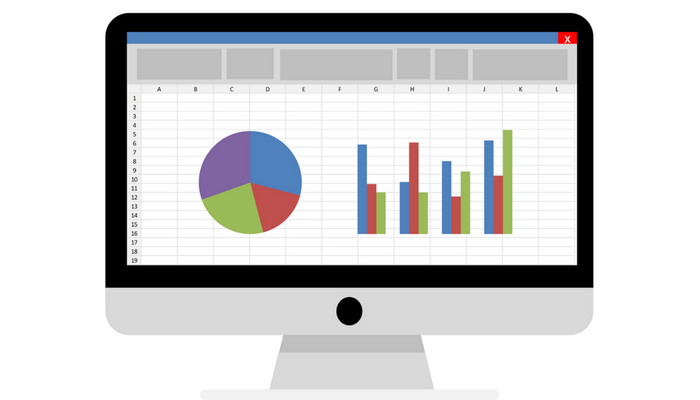When the executives in your organization put aside time in their hectic schedules to hear your marketing presentation, they want to see the numbers, listen to the facts, and know exactly how your social media efforts are contributing to revenue. So you need to be ready for the “show me the money” moment.
If your social media marketing strategy includes a robust Twitter campaign, your CMO and other executives want to hear how your social media activities on Twitter are making the organization money. Here are the metrics that your CMO needs to know to prove the value of your social media marketing strategies:
How Social Media Contributes to Revenue
Your CMO is probably already well-aware that your social media marketing campaigns contribute to the company’s revenue. What your CMO needs to know is to what extent – with numbers that prove it:
Lead generation
Leads from Twitter will reveal potential revenue you’ve generated in comparison to your other marketing channels. Surveys, contests, ads, links to your landing page are all useful ways of generating leads via Twitter.
Referral Traffic
Referral traffic will present the CMO with the potential for revenue. A relevant stat to show is if you’re running a company-wide campaign and Twitter is accountable for say 25% of all traffic. It demonstrates Twitter’s participation in delivering new prospects to your website which will later convert into customers.
Conversion
By tracking conversions that come from Twitter, you can learn how it adds to your full marketing and sales objectives. Your conversion goals for Twitter campaigns should include a purchase, a download, or sign-up to your free trial.
The ROI from Twitter campaigns
If you’re asking your CMO for a marketing budget, you must prove that the money already invested has generated income and that compared to other forms of marketing, Twitter campaigns is a cost-effective way to generate sales and leads. How to prove Twitter ROI:
CAL (cost to acquire a lead)
To define the cost to acquire a lead, divide your Twitter spend by the number of leads earned from a specific campaign. You need to explain that at a comparatively lower cost, you can acquire high-quality leads.
CAC (cost to acquire a customer)
When you’re calculating the CAC or the cost to acquire a customer, look only at those that include purchase or trial sign-ups. It’s essential to establish that Twitter has an indirect impact on customer purchases.
Cost-saving efficiencies
If you run a Twitter customer service program by answering queries via DM, statistics that prove you’ve significantly decreased the number of backlogs is an essential value that represents how you’ve both resources and time.
How People Perceive Your Brand
Maintaining a positive brand reputation and raising awareness is crucial to staying ahead of your competitors. Your CMO probably understands at this point how Twitter campaigns play a huge role in that and it is up to you to present the impact that your efforts have on those goals. Here’s how you demonstrate brand perception and awareness with Twitter:
Engagement rate
Twitter is all about interaction and engagement. If you’re attempting to get buy-in on a video budget and you identified that video engagement is 20 times higher compared to other forms of content, then that’s something you need to relay to your CMO.
Twitter share of voice
Share of voice tells you how many people are talking about your brand on Twitter in comparison to your competitors.
Fedica can help you see these numbers through a total number of industry mentions. The Fedica Mention Map tells you where your most engaged audience comes from as it scans for Twitter users mentioning your @handle and segments them by location. It then displays all of them on a map in a straightforward, interactive interface.
Simply divide your brand mentions by the industry total and multiply that number by 100 for your Twitter share of voice percent.
Brand sentiment
You want to ensure that the attention you’re getting on Twitter is a positive one.
Set up Tweet alerts that will help stay on top of your brand, see feedback on a new product launch, monitor your competitors’ activities, or for whatever reason that drives your business. Alert criteria may be a simple hashtag, or a more elaborate setup. A Tweet alert will scan the Twittersphere and notify you right into your inbox.
In conclusion:
When proving the value of Twitter media to your executives, focus on data that builds a clear case for the programs you believe in, areas you acknowledge need improvement and budget requests.
Keep your presentation short and straight to the point. Present the analytics in clear images and illustrations that chart your progress. Ultimately, your CMO wants to see both results and the numbers to back it up.

